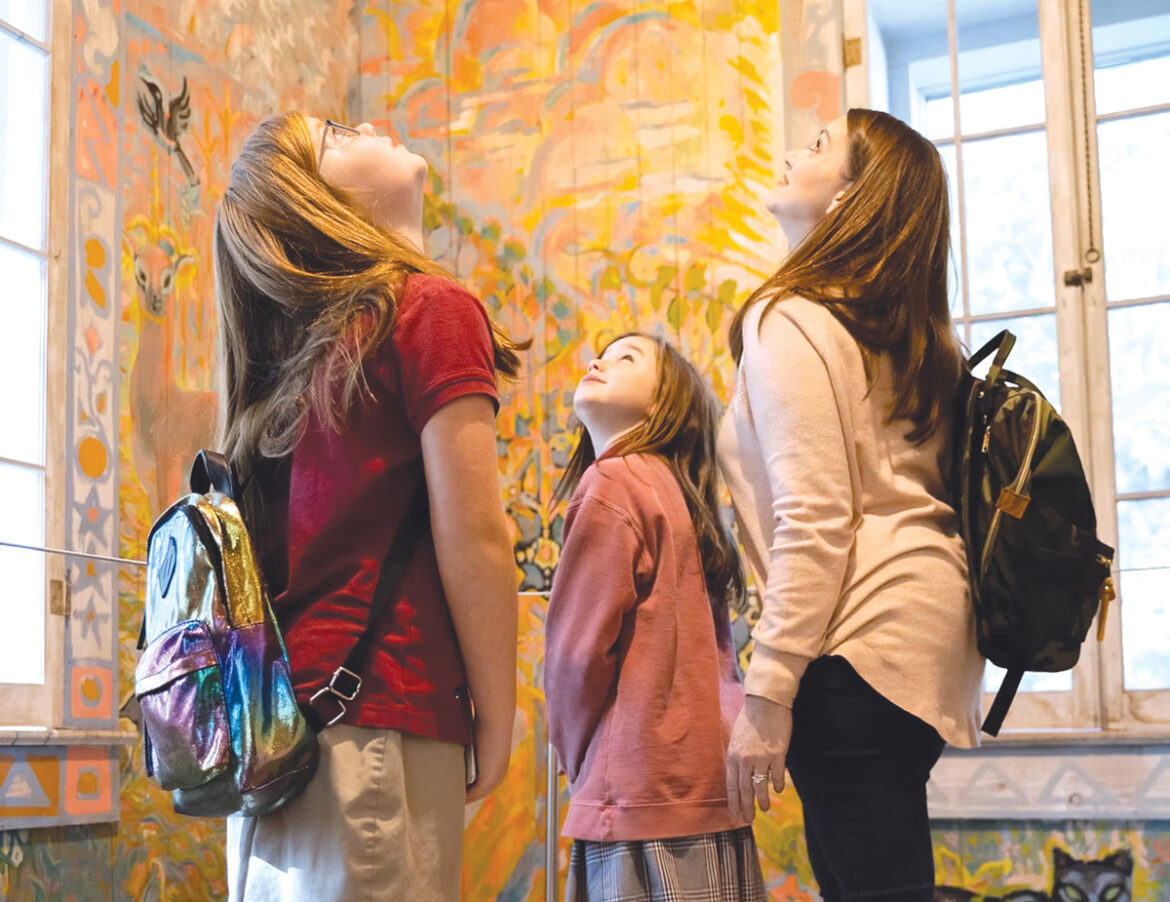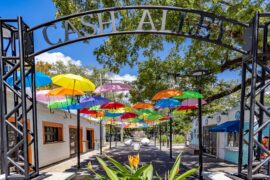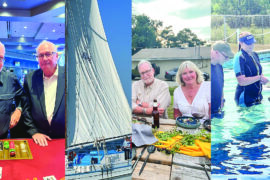Among the many things we love about the Coast are the places, events, and people that make it a historic treasure trove. The many cultures and ethnic groups have created a rich, cosmopolitan tapestry.
Native tribes were here to welcome French explorers Bienville and D’Iberville, the first Europeans who landed in the area. Those first peoples left their mark in names of towns and rivers such as Biloxi, Pascagoula, and Tchoutacabouffa. Likewise for the first settlers who lent their names to towns including Bay St. Louis, Saucier, Gautier, and D’Iberville.
The barrier islands, now part of Gulf Islands National Seashore, stretch across the coastline. They have played an important role in the ecology, history and recreation of the Coast. In January 1971 Ship, Horn, Petit Bois, and West Petit Bois islands were designated public lands to be maintained by the National Park Service. Last year 7.8 million people visited these islands.
Starting on the Coast’s western end in Hancock County, the area has a distinctive French influence following the explorer La Salle who claimed Louisiana in the name of King Louis XIV. The pirate Jean Lafitte is said to have visited the area prompting Bay St. Louis residents to hold an annual Pirate’s Day in the Bay.
A large part of Pass Christian is designated as a National Historic District due to the enduring presence of many ornate and stylized homes built in the mid-nineteenth and early twentieth century. The Pass Christian Yacht Club traces its roots to 1849 when the Southern Yacht Club was established there, the first in the South and second in the U.S. The first sailing regatta in the Mississippi Sound was organized there in 1849 with 12 boats participating.
In Long Beach, the Quarles House, the city’s first school and general store, was honored by the Mississippi Heritage Trust, which secured funding for restoration. Owners Jim Alexander and Janet Alexander Griffin donated the house and land to the city.
The city of Gulfport was incorporated in 1898 after its founding by William Hardy and Joseph T. Jones. Hardy was president of the Gulf & Ship Island Railroad that connected the inland lumber mills to the Coast. He was joined by Jones, who took over the railroad and dredged the harbor to open the shipping channel for a working seaport. Jones’ statue overlooks the park and harbor he built and is enjoyed daily by residents and visitors. In 1945, the USS William Harris Hardy, an 18-thousand-ton cargo vessel was christened in Pascagoula.
The second largest city in Mississippi, the 2020 census shows a population of 72,926 for Gulfport. The city is home to the State Port and the U.S. Navy Atlantic Fleet Seabees.
Gulfport is proud of native son John C. Robinson. Interested in airplanes from an early age, Robinson was inspired by flights he saw in Gulfport and did much to open aviation to African Americans. He graduated from Tuskegee Institute and began an aviation school. He is best known for his service in the Imperial Ethiopian Air Force against Fascist Italy, earning the nickname Brown Condor.
Founded more than 300 years ago, Biloxi is rich in history. For many years it was known as the seafood capital of the world. The Maritime and Seafood Industry Museum keeps that heritage alive. The iconic lighthouse was one of the first in the South built of cast iron. It started operating in 1848 and was automated in 1941.
The charming town of Ocean Springs is known as a city of art and home to the Walter Anderson Museum of Art, a major downtown attraction.
In 2020, a longtime supporter donated funds to the Mississippi Heritage Trust to purchase the Lewis House in Gautier to prevent its demolition. Also known as Oldfields, the circa 1848 house was once home to artist Walter Anderson and his family. Funding from the Mississippi Gulf Coast National Heritage Area and the Hearin Chandler Foundation paid for a new roof and stabilization.
In 2022, the City of Pascagoula was designated by the National Park Service as a World War II Heritage City, which recognizes the one city or region in each state that made the greatest contribution to the war effort. This designation involved an extensive application process. A citywide celebration was held on Singing River Island, site of the former Naval Station Pascagoula, to recognize this designation. The city has WWII Heritage City banners down Ingalls Avenue leading to the East Bank entrance of Ingalls Shipbuilding and signs at each of the three entrances to the city.





